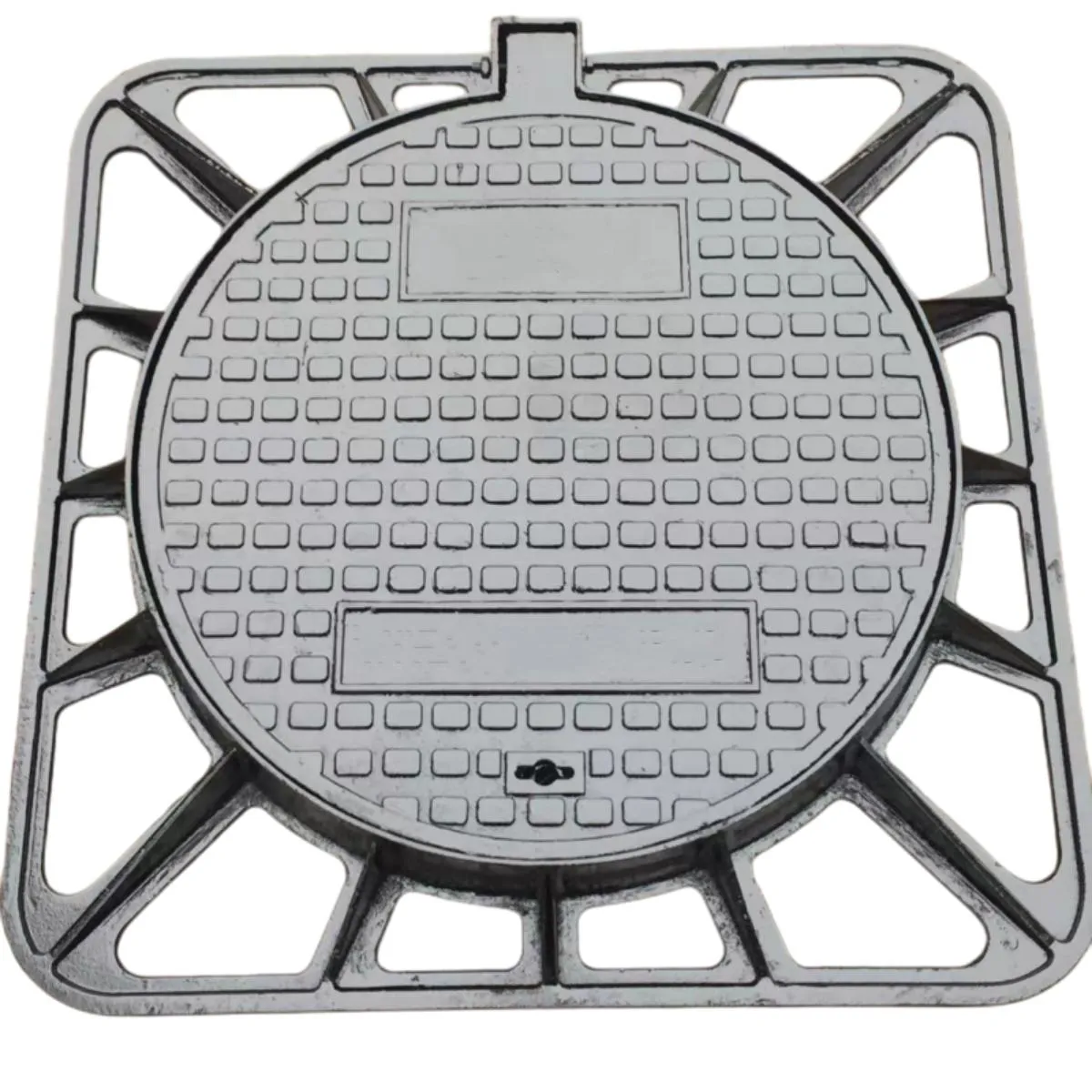brass butterfly valve
Brass Butterfly Valve An Overview
In the realm of fluid control systems, the brass butterfly valve stands out as a crucial component widely used across various industries. Its design, functionality, and benefits make it a preferred choice for many applications involving the regulation of fluid flow.
A butterfly valve is characterized by its disc, which is mounted on a rotating shaft. The disc is positioned in the center of the valve body, and by turning the shaft, the disc pivots to either open or close the flow path. This efficient quarter-turn mechanism allows for quick operation, making it an ideal choice for situations requiring rapid flow adjustments.
Brass, an alloy typically composed of copper and zinc, is chosen for the construction of butterfly valves primarily due to its excellent corrosion resistance, strength, and durability. This makes brass butterfly valves suitable for various environments, including those with water, gas, or mild chemical exposure. The aesthetic appeal of brass also contributes to its popularity in applications where the valve may be visible and needs to maintain a certain look.
brass butterfly valve

One of the notable advantages of brass butterfly valves is their lightweight nature, which simplifies installation and requires less structural support compared to heavier metal alternatives. Additionally, they have a compact design, allowing for efficient use of space in piping systems. Their low torque requirement ensures ease of operation, even in large-sized valves.
Brass butterfly valves are available in various designs, including wafer, lugged, and flanged types, which enhance their versatility for different piping configurations. Depending on the operational requirements, they can be manually operated or fitted with actuators for automatic control. This flexibility makes them invaluable in both residential and industrial settings.
Another important consideration is the seal design. Many brass butterfly valves utilize an elastomeric seat that ensures a tight seal when closed, preventing leaks and ensuring system integrity. This feature is crucial for maintaining safety standards, particularly in systems that handle hazardous materials.
In conclusion, the brass butterfly valve is a reliable and efficient solution for controlling fluid flow in various applications. Its unique combination of strength, corrosion resistance, and ease of operation makes it a preferred choice in many environments. As industries continue to evolve and seek efficient fluid control solutions, the importance of brass butterfly valves is likely to remain significant in the years to come.
-
The Smarter Choice for Pedestrian AreasNewsJun.30,2025
-
The Gold Standard in Round Drain CoversNewsJun.30,2025
-
The Gold Standard in Manhole Cover SystemsNewsJun.30,2025
-
Superior Drainage Solutions with Premium Gully GratesNewsJun.30,2025
-
Superior Drainage Solutions for Global InfrastructureNewsJun.30,2025
-
Square Manhole Solutions for Modern InfrastructureNewsJun.30,2025
-
Premium Manhole Covers for Modern InfrastructureNewsJun.30,2025
